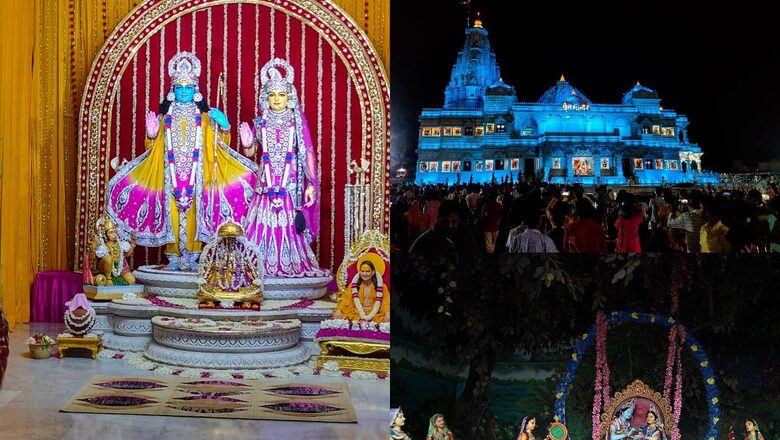
views
JANMASHTAMI 2023: Krishna Janmashtami, a festival commemorating the birth of Lord Krishna, the eighth avatar of Vishnu, will be celebrated over a two-day period this year. According to Drik Panchang, the Ashtami Tithi is set to commence at 15:37 on September 6 and conclude at 16:14 on September 7, signifying that the festivities will span both of these days. Mathura and Vrindavan, located in Uttar Pradesh, hold particular importance in this celebration as they are intimately linked with Lord Krishna’s birth and early life.
According to district officials, over 80 lakh devotees are expected to participate in the annual celebrations in Mathura, marking a notable increase from last year’s attendance of 40 lakh. The fervor and zeal of Janmashtami in Vrindavan are well-known and add to the grandeur of this auspicious occasion.
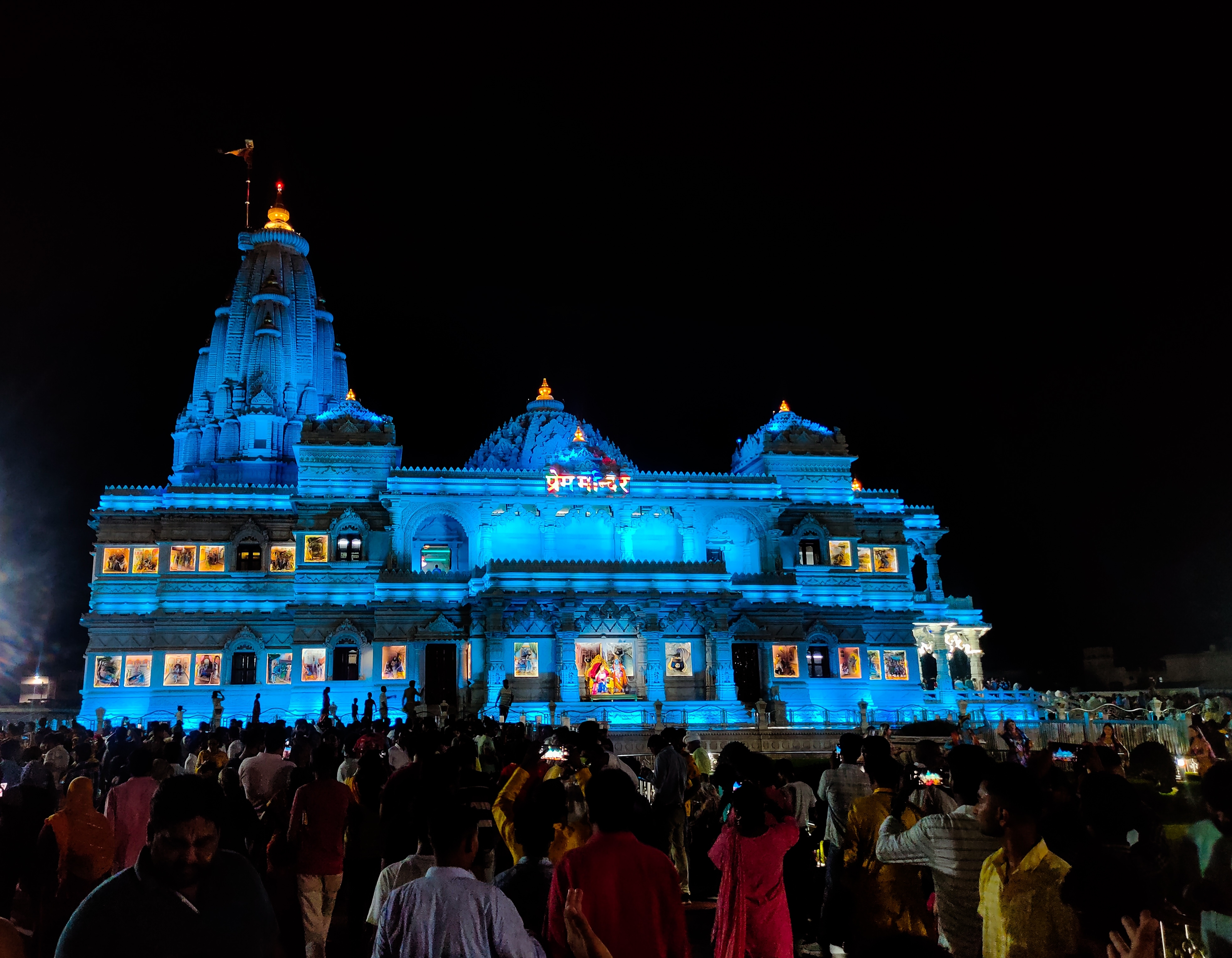
MATHURA GEARS UP FOR CELEBRATIONS
Elaborate security arrangements have been made in the temples of Mathura and Vrindavan to ensure the smooth conduct of the Janmashtami festivities on September 7. Mathura District Magistrate Shailendra Singh inspected the arrangements at the Shri Krishna Janmasthan and instructed officials to make certain changes.
He asked officials to avoid the concentration of devotees at one point and to deploy policemen in plain clothes inside temples to avoid incidents of chain snatching and pickpocketing.
One zonal and seven sector magistrates have been deployed in the Bankey Bihari temple area, following the death of two people last year due to overcrowding.
Mathura has been divided into three zones and 17 sectors, while Vrindavan has been divided into three zones and 16 sectors.
Celebrating Krishna Janmashtami
The celebrations begin 10 days before the actual day of Janmashtami, with various cultural and religious programs, such as Rasleelas, Bhajans, Kirtans, and Pravachans. Rasleelas are dramatic enactments of the life and love stories of Krishna and his consort Radha, as well as his other gopis. These are performed by professional artists as well as local devotees in different venues across Mathura and Vrindavan.
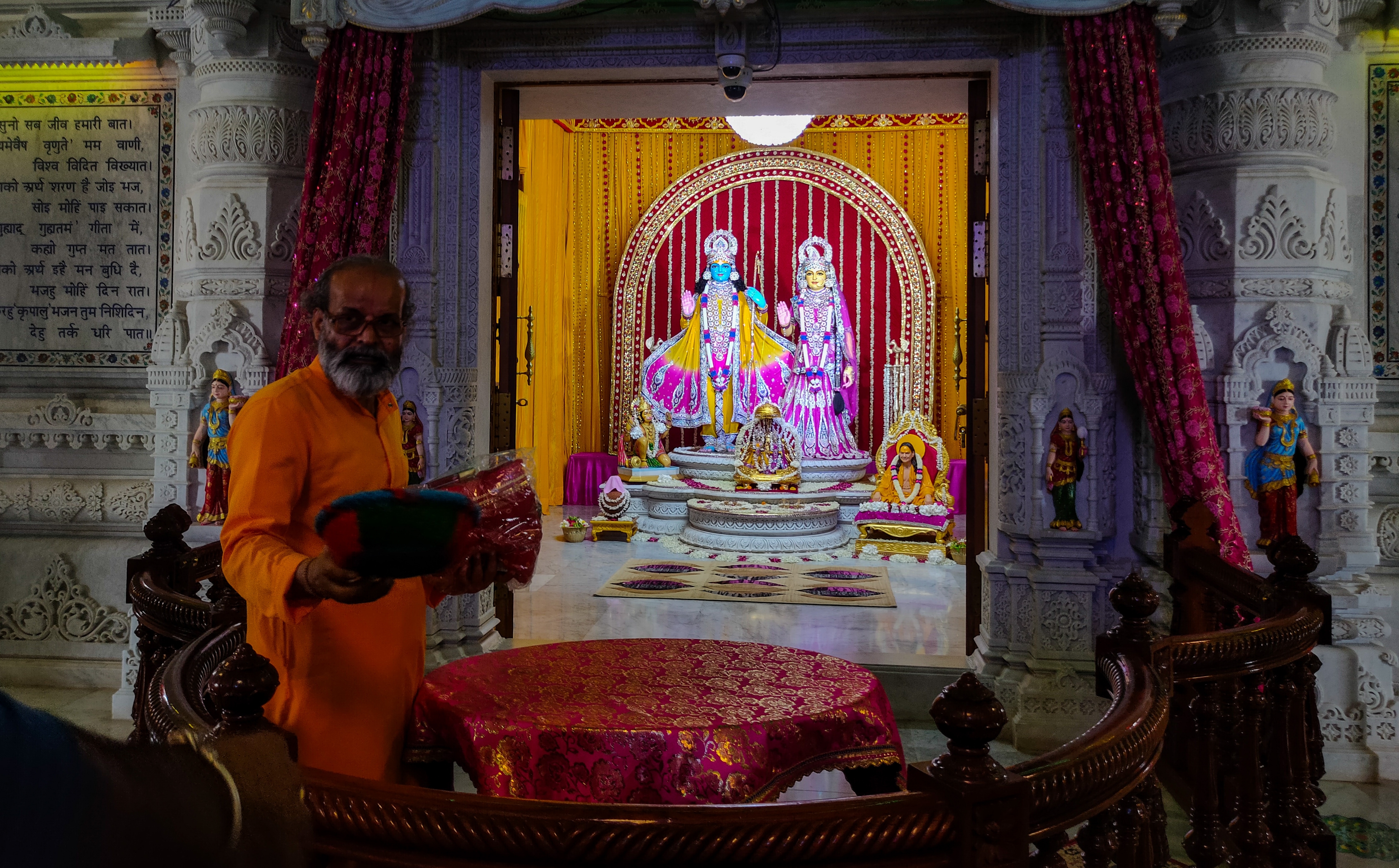
On the eve of Janmashtami, devotees throng to the temples of Krishna, especially the Banke Bihari Temple in Vrindavan and the Krishna Janmabhoomi Temple in Mathura, where he is said to have been born. The temples are beautifully decorated with flowers, lights, and colourful fabrics.
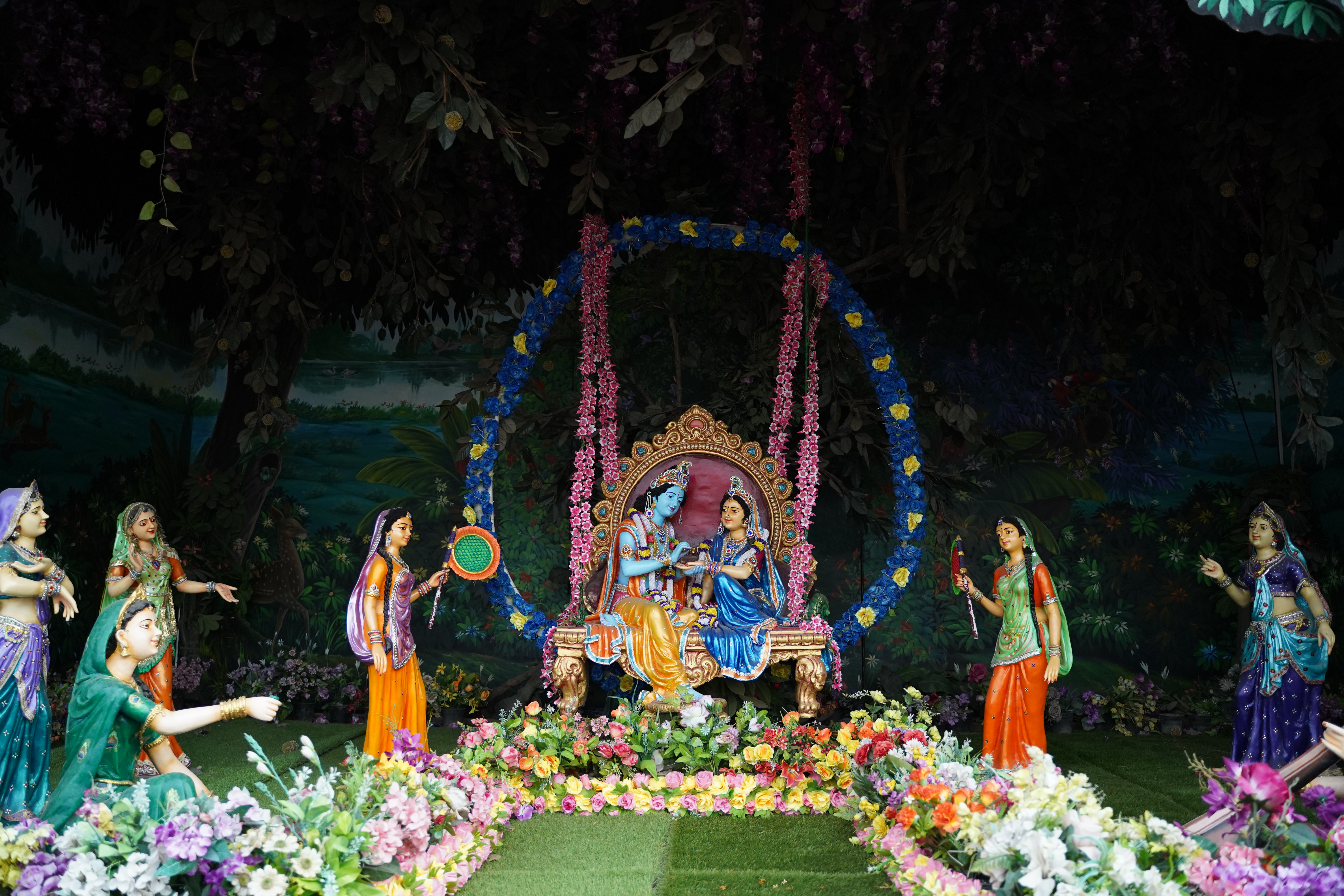
The idols of Krishna are adorned with new clothes and ornaments. Devotees offer prayers, chant mantras, sing bhajans, and perform aarti (ritualistic waving of lamps) to welcome the lord. They also observe a fast throughout the day, which they break at midnight after the birth of Krishna.
At midnight, the exact time of Krishna’s birth, a special ceremony called Abhishek is performed, in which the idol of Krishna is bathed with milk, yogurt, honey, ghee, and water. The bathing ritual is accompanied by the blowing of conch shells, ringing of bells, and chanting of Vedic hymns. The devotees then offer 56 types of food items (called Chappan Bhog) to Krishna as a mark of gratitude and love. The prasad is then distributed among the devotees.
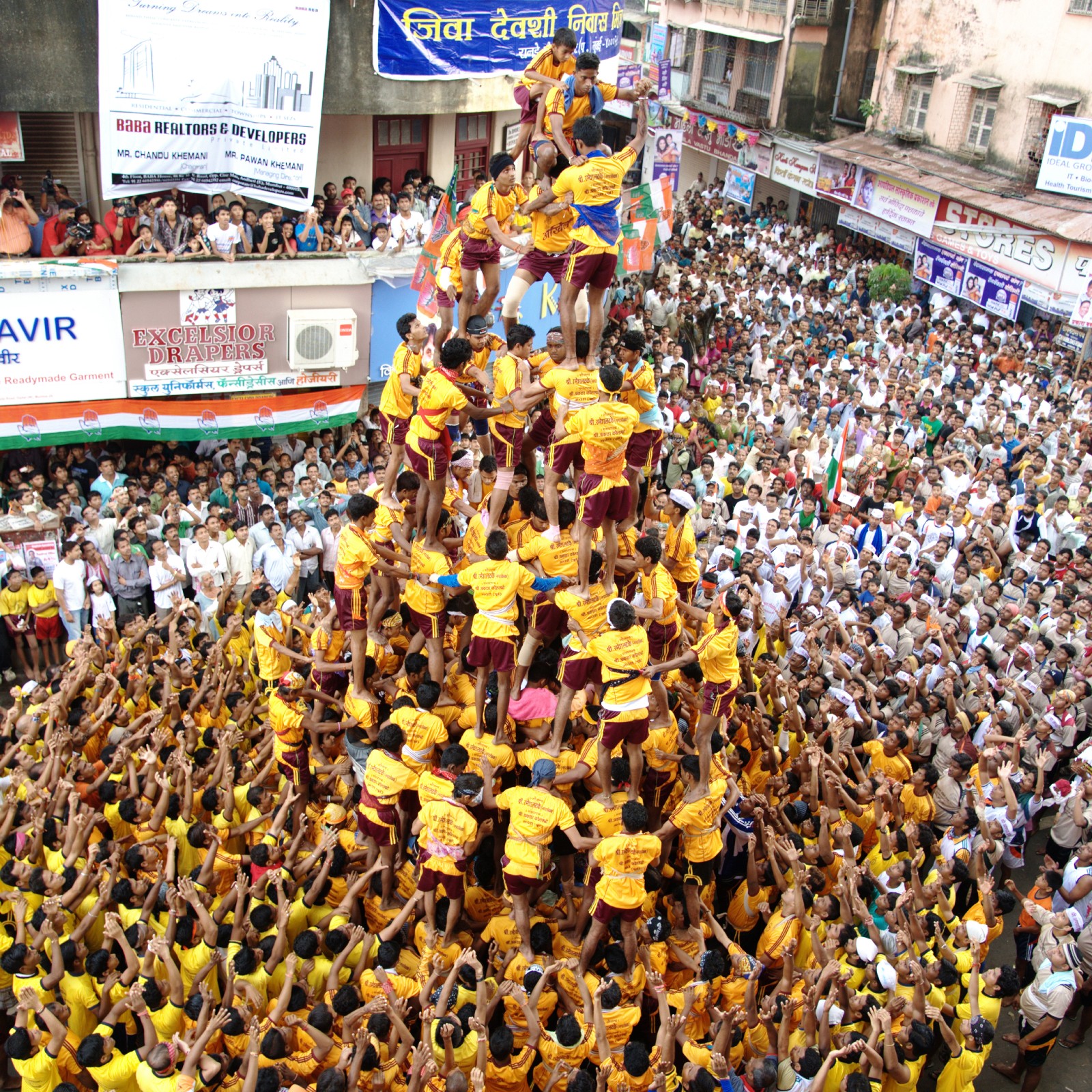
Another highlight of the Janmashtami celebrations in Mathura and Vrindavan is the Dahi Handi event, which is inspired by the childhood prank of Krishna stealing butter from earthen pots hung high by his mother Yashoda.
In this event, groups of young men form human pyramids to reach and break a pot filled with yogurt or butter that is suspended from a height. The event is a symbol of teamwork, courage, and devotion. It also attracts a lot of spectators who cheer and enjoy the spectacle.
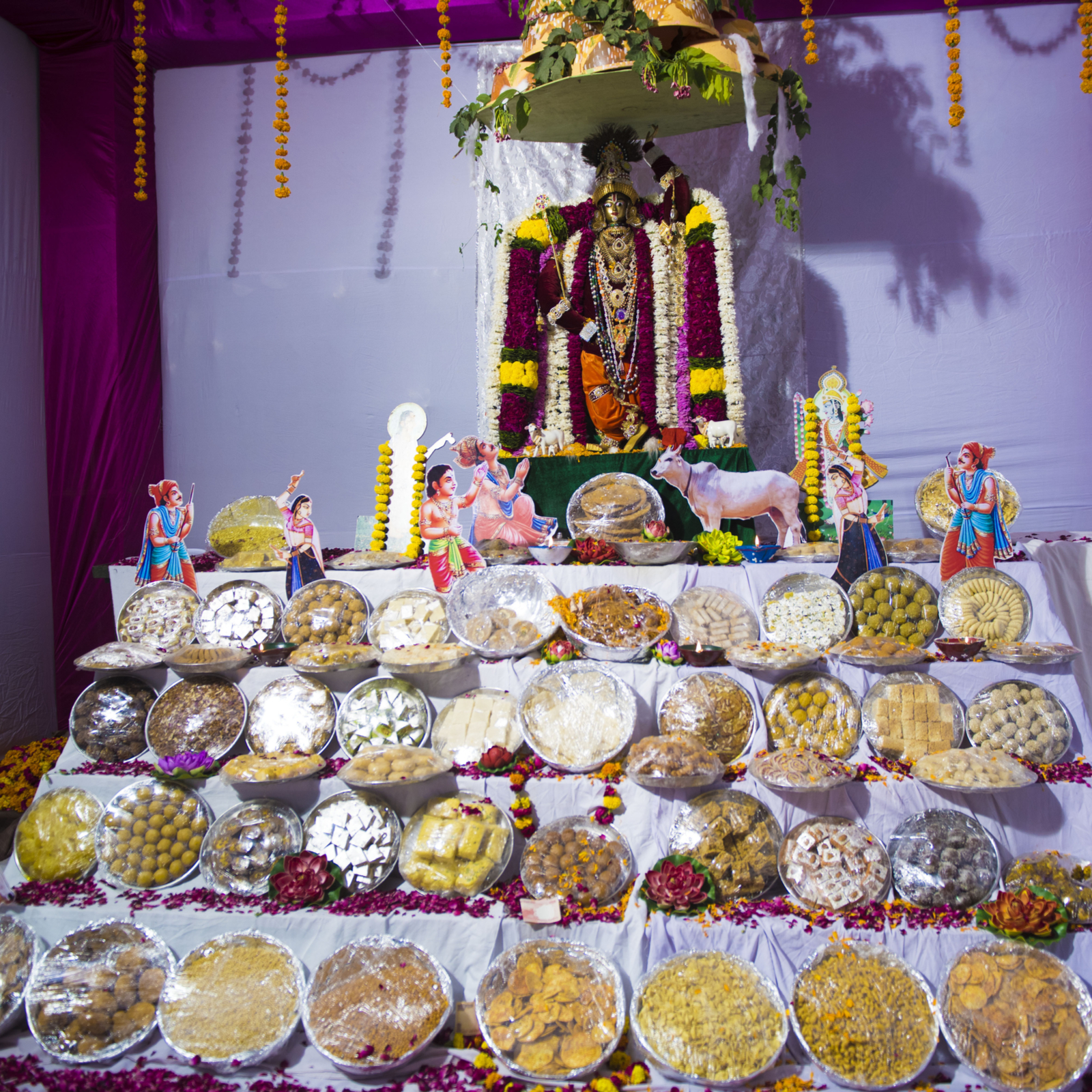
The next day of Janmashtami is called Nandotsav, which commemorates the joyous occasion when Nanda Baba (Krishna’s foster father) distributed gifts and sweets to everyone in Gokul (Krishna’s village) to celebrate his birth. On this day, devotees visit Nandgaon (the birthplace of Nanda Baba) and offer prayers and donations to the poor. They also participate in various games and festivities that reflect the playful spirit of Krishna.
(With PTI inputs)












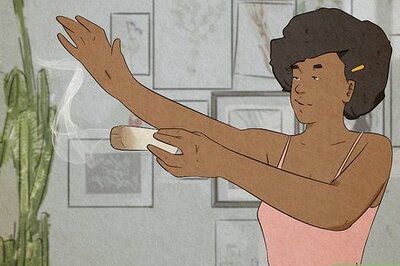

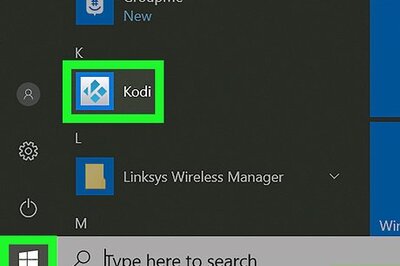
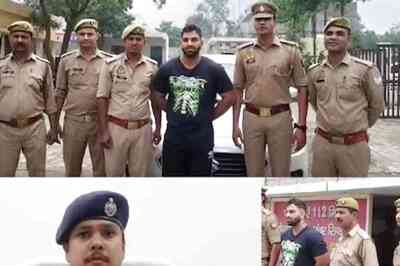
Comments
0 comment